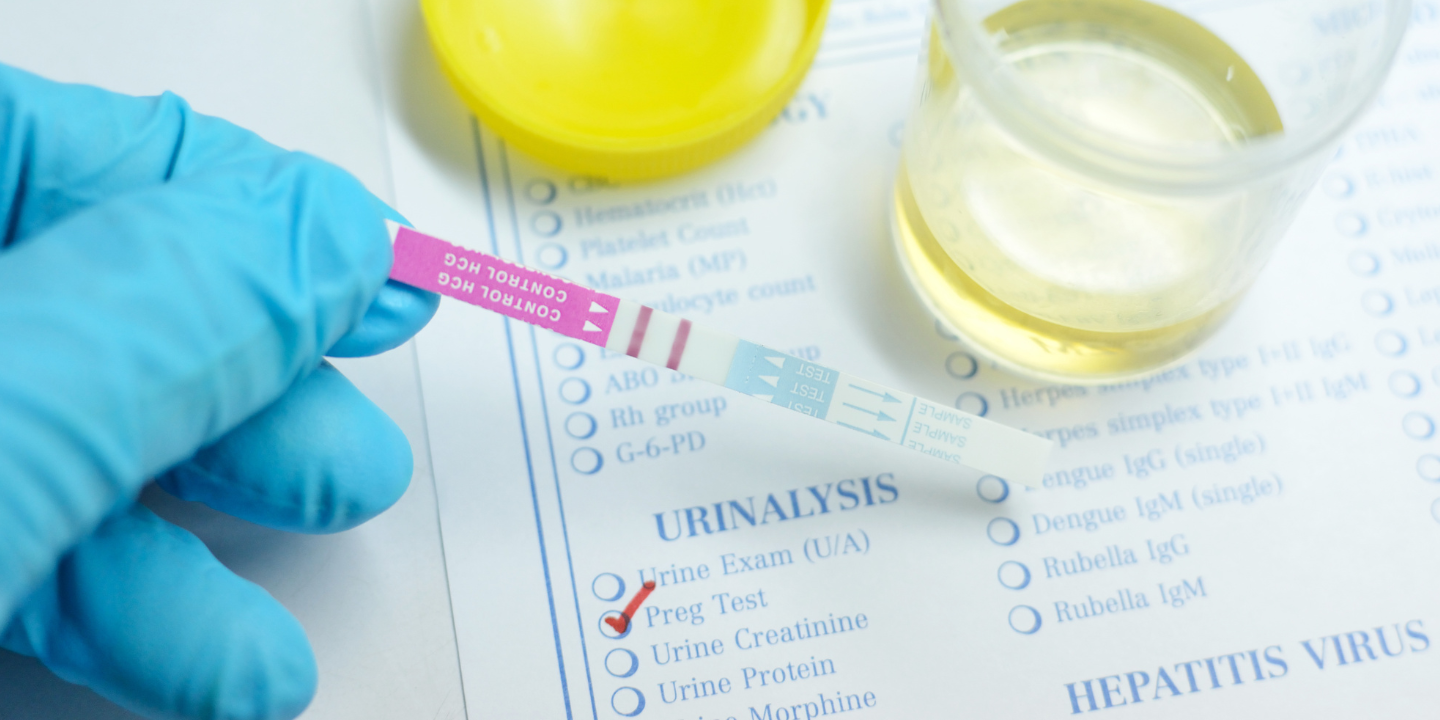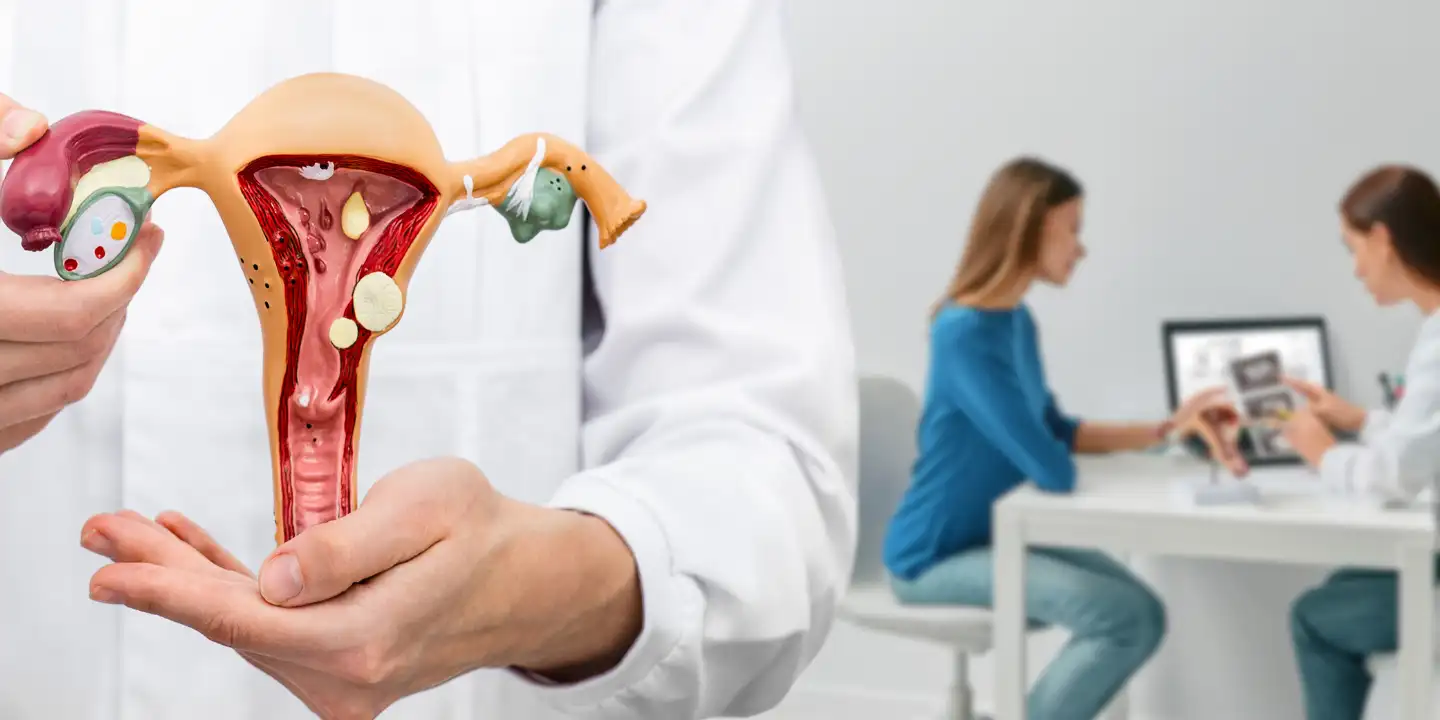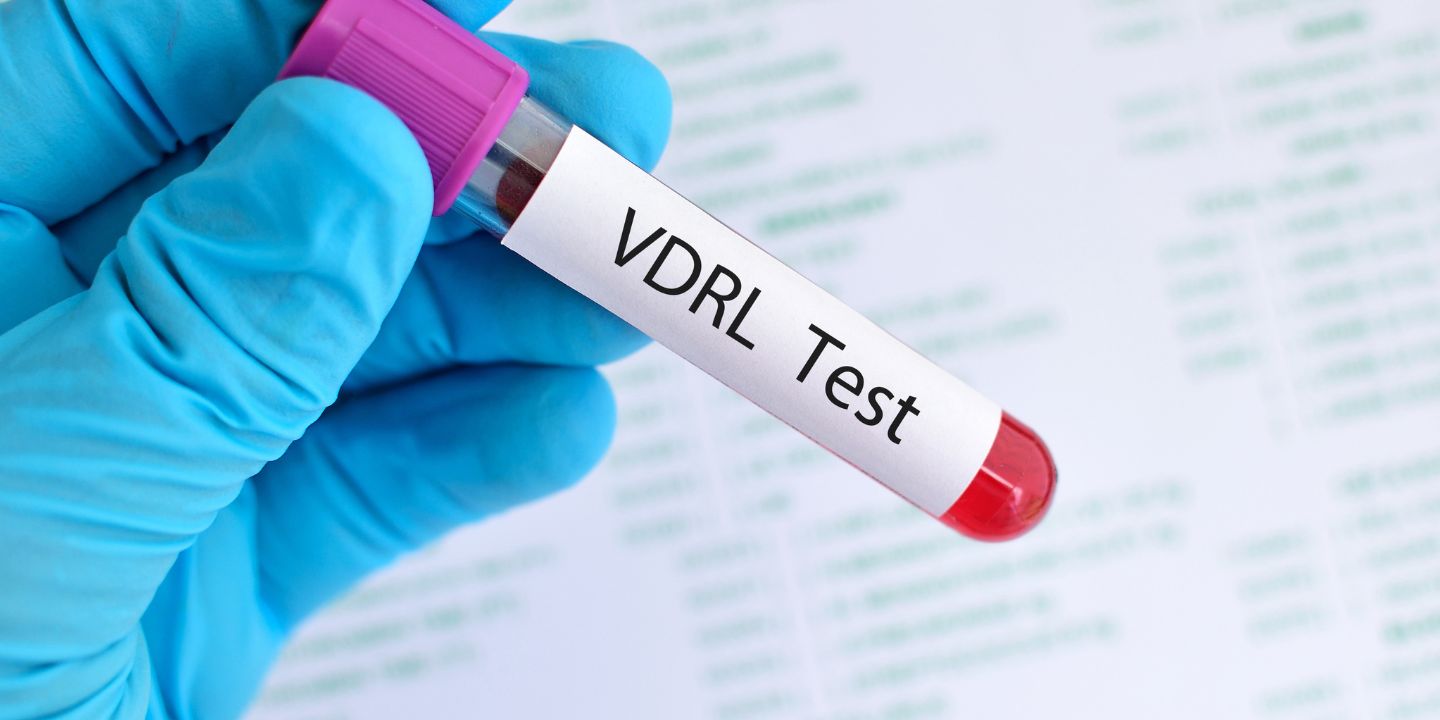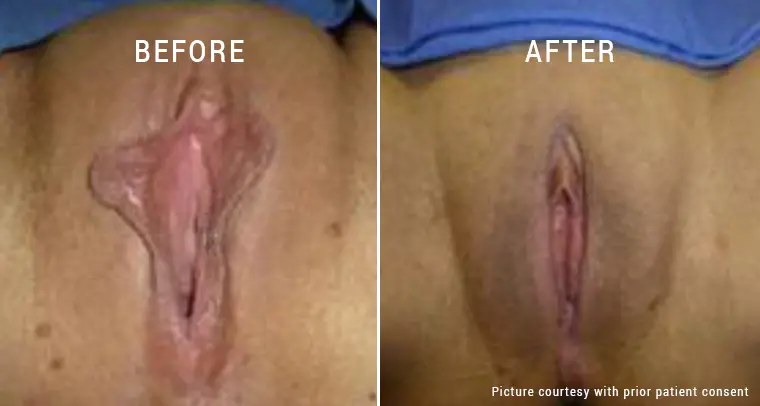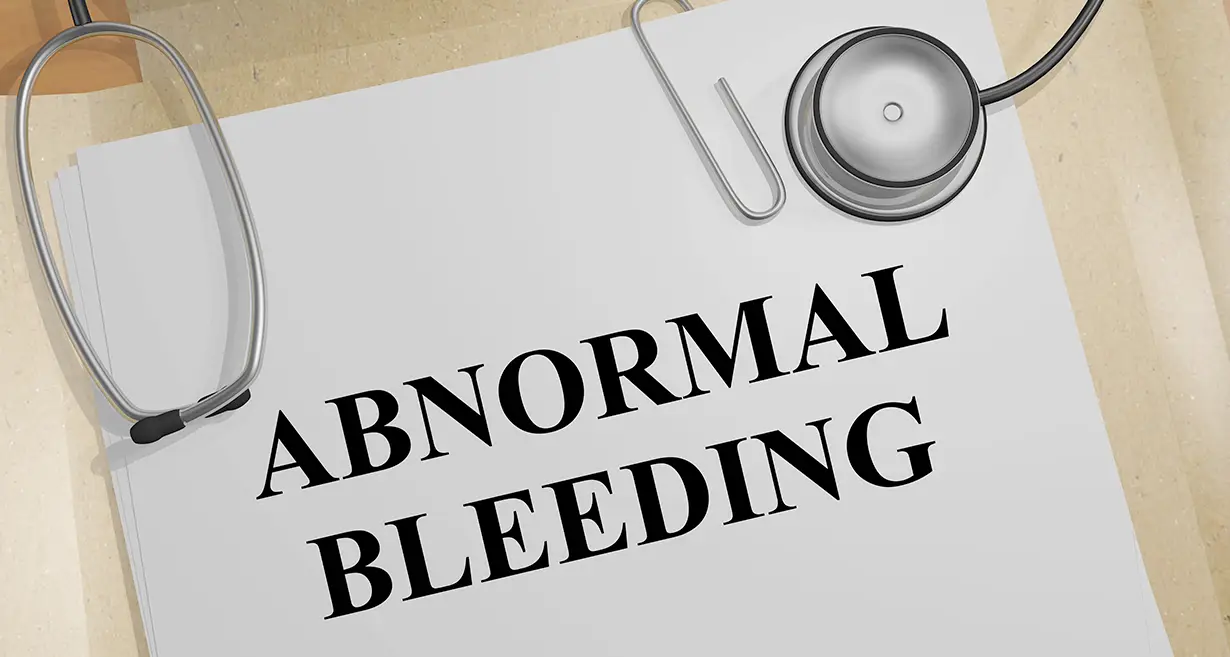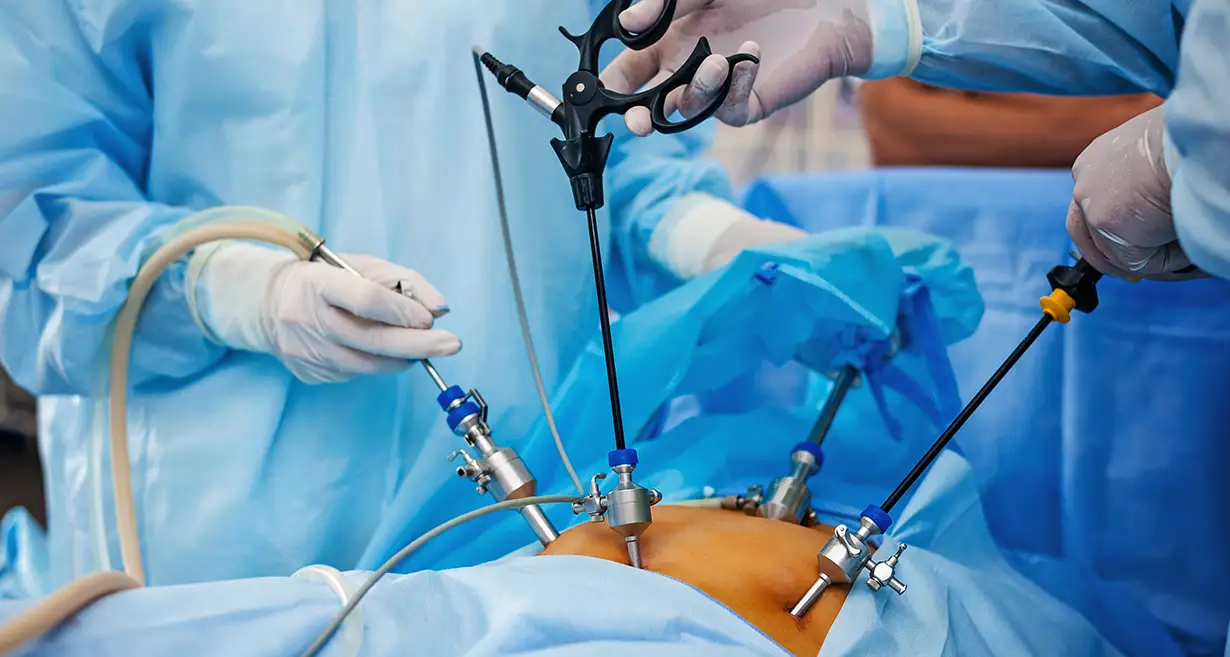
Risk Content: Cervical Dysplasia is considered as the irregular growth of the cells on the cervix’s exterior part. Dysplasia Of the Cervix usually takes place through different types of human papillomavirus. However, the viruses are diagnosed by the pap test. The cervical biopsy can also detect it. Dysplasia can be moderate, severe, or mild depending on how irregular or abnormal the cells detected in the trial. How much the cervical tissues are affected that doctors must check. However, Cervical Dysplasia is not cancer; it may sometimes become cancer and spread to nearby non-affected tissues.
In this Article
- 1 Cervical Dysplasia – most common sexually transmitted disease
- 2 Symptoms of Cervical Dysplasia
- 3 Causes of Cervical Dysplasia
- 4 Can Dysplasia be without HPV infection?
- 5 How Can We Diagnose Cervical Dysplasia?
- 6 Treatment of Cervical Dysplasia
- 7 Can Cervical Dysplasia be curable?
- 8 Prevention of the condition
- 9 Outlook of Dysplasia
- 10 When should you check with your gynecologist?
- 11 How can Queen’s Gynaecology help you get a solution for Cervical Dysplasia?
Cervical Dysplasia – most common sexually transmitted disease
Mostly, we can see that Cervical Dysplasia occurs due to human papillomavirus. It is considered as the most common sexually transmitted disease, and we can find more than two hundred types of HPV. It does not always become carcinoma. Thus, some can cause the expansion of abnormal cervical cells. Stage zero refers to the severely abnormal cells in the esophagus’s internal lining if it is diagnosed. Moreover, the zero stage considers high-grade Dysplasia. It is also mentioned as cervical carcinoma. Mild Dysplasia is treatable. It can also disappear without treatment. However, infection of papillomavirus can also go away without any treatment. Careful follow-up is needed with expert doctors. Physicians will suggest repeating pap tests within every six to eight months interval. If the condition does not change or deteriorate from the initial, treatment is a must.
Related Blog – Pelvic Inflammatory Disease (PID): Symptoms & Treatment
Symptoms of Cervical Dysplasia
The symptoms of Cervical Dysplasia are not apparent. However, doctors can diagnose it through routine pap tests. If there is an abnormal growth of cells analysed in the inner lining of the cervix, it can be Dysplasia. We can see spotting after intercourse or irregular vaginal spotting in some cases. However, early diagnosis is always recommended. Thus it is best to get your checkup done by scheduling your appointment with QUEEN’S Gynecology as treatment can prevent cervical carcinoma from its formation. You must contact Queen’s Gynaecology to discuss all details with our expert doctors about the pretension from HPV. It is a sexually transmitted disease; hence gynaecologists can help you better. Get your vaccination done for HPV and practise safer sex that is not harmful. You must go for a regular pap smear test to diagnose the condition.
Causes of Cervical Dysplasia
Human papillomavirus is the leading cause to develop cervical Dysplasia. It is not always carcinogenic, but sometimes, it may become cancer. The Dysplasia can be severe, mild, or moderate, depending on the test result. How irregular the cells look under the microscope and how many cells are affected, severity depends on that. One must have HPV to develop Dysplasia. However, Dysplasia cannot always become carcinoma.
However, when people are affected by HPV, Dysplasia takes place. It is a virus that is spread by sexual transmission. It is not always effective on the cells of the inner part of the cervix, and sometimes, the immune system will get rid of the virus. We can see nearly one hundred strains of the HPV virus. Among them, HPV-16 and HPV-18 are more likely to contaminate the reproductive tract. It causes Cervical Dysplasia.
Studies explain that more than seventy-five per cent of women are infected through sexually transmitted diseases at any point. Moreover, fifty percent of HPV infection is more likely to occur between the ages of fifteen to twenty-five, when females are sexually more active. The infections go away in most cases without any treatment. But, in some cases, the abnormal cells form over time, and it causes Cervical Dysplasia.
Related Blog – HB Electrophoresis Test in Pregnancy: Normal Level, Procedure, And Cost
Can Dysplasia be without HPV infection?
The answer is, No. Women must have an infection of HPV to form abnormal cells that cause Dysplasia. But, HPV infection does not always develop Cervical Dysplasia in human. However, till now, it is under research why some people develop cervical Dysplasia while other infected people are not getting it. Cervical Dysplasia Symptoms are not apparent. Hence, women should go for the pep test to diagnose the problem. Some risk-elevated strains of the HPV virus and the duration of the infection can play a significant role.
However, we must consider the risk factor like
- Smoking cigarettes contains products that can double the risk of developing cervical Dysplasia. Hence, smoking cigarettes can be a cause or risk factor for the disease.
- Being older than fifty-five- We can learn from studies that HPV infection can stay longer in people older than fifty-five. However, infections often clear up quickly in the younger people age group of fifteen to twenty-five.
- Having a damaged or weakened immune system- If your immune system is weak, it cannot fight against the HPV infection. Intake of immunosuppressant drugs can be responsible for the frail immune system. It becomes harder to fight for the body after the infection. However, if there is a fragile immune system present in the body and HPV infection occurs, it can direct to Cervical Dysplasia.
How Can We Diagnose Cervical Dysplasia?
There are no particular symptoms we can see against Cervical Dysplasia. However, doctors will notice the signs of Dysplasia during the routine pap smear test. If it diagnoses abnormal cells in the trial or the test result is unclear, the next step should be the colposcopy to observe the cervix.
Conversely, the colposcopy takes place in the doctor’s chamber. The doctor or technician takes the help of a lightened instrument called the colposcope. It checks the status of the abnormal cells in the vaginal wall or the cervix.
On the other side, doctors can take samples of tissues through biopsy. The piece will be examined in a laboratory. It also executes a DNA test to check the presence of the high-risk form of HPV.
Related Blog – Menstrual Disorders — Types, Causes, Symptoms, Diagnosis, and Treatment
Treatment of Cervical Dysplasia
Treatment of Dysplasia depends on many factors. We have to consider the severity of Dysplasia along with the age factor. However, the health condition of the patient and treatment preferences also play a vital role. Women should go through a thorough discussion with the doctors about the treatment available to them—moreover, plan treatment according to their choice of becoming pregnant in the future.
- Abnormal cell monitoring- CIN1 or low-grade Cervical Dysplasia doesn’t need any treatment to remove the abnormal cells from the body. In most cases, the condition goes away on its own. However, in only one per cent of cases, abnormal cells become the Cause Of Cervical Cancer. Your gynaecologist will choose the procedure as the periodic pap smear test that helps monitor changes in the abnormal cells.
Destroying or removing the abnormal cells- however, your doctor will select the procedure of removing the abnormal cells when the severity is more. If it is CIN1 or CIN2, the abnormal cells should be destroyed. Otherwise, it may become cancerous. In this context, we will discuss the methods for removing abnormal cells. These are like
- Loop Electrosurgical Excision Procedure of removal– In this process, the doctor uses a small electrically charged wire loop that helps to remove tissues. The LEEP process also removes tissue samples for further examination. However, it is a safe procedure without any side effects. Only one or two per cent of women may experience complications after the test, like a delayed menstrual cycle or narrowing of their cervix, called stenosis.
- Cold knife biopsy– In this method, the doctor or technician removes a piece of abnormal cell that is cone-type shaped. Previously, it was the favored method of dysplasia treatment. However, doctors prefer this method for more severe cases nowadays. Conization is the process that arranges a sample of tissues for further examination, though; we find the procedure is more effective for stenosis or post-operative bleeding.
- Hysterectomy– It is considered the safest method to treat Cervical Dysplasia. It removes the uterus hence, can be an option where Dysplasia doesn’t improve after many procedures.
Can Cervical Dysplasia be curable?
Yes. It is curable in ninety per cent of cases. The procedures are removing or destroying the abnormal cells that are infected. However, from the abnormal cells, it rarely progresses to Cancer Cervix. Studies show that progress slowly takes place as it provides time for proper investigation.
Related Blog –
Prevention of the condition
Prevention is always better than cure. However, women can only prevent Cervical Dysplasia to avoid getting HPV. If HPV infection exists, you can prevent the risk factors from getting transferred to Cervical Dysplasia by regular pap smear tests. You must know that a pap smear cannot protect against Cervical Dysplasia. But, it can diagnose the severity of abnormal cells and monitor whether it progresses to cancer. There are a few steps that women must follow to prevent Dysplasia.
- Practice safer sex life- Women should practice a healthy sex life to avoid transmission of HPV infection, which is the main factor of cervical Dysplasia. They should avoid sexual contact like vaginal, oral, and anal sex. They can also practice safer sex, like using condoms or dental dam, while having sex with their partner. The limit of partners also reduces the risk factors.
- Vaccination against HPV infection- Women can get a vaccination, which is the best way to avoid infection. It reduces the chance of growing Cervical Dysplasia. However, three vaccines available in the market are FDA approved. These vaccines can prevent the disease of HPV, which is mainly the cause of the growth of cervical Dysplasia. Women aged nine to twenty-six must receive the Gardasil, Gardasil 9, and Cervarix vaccines.
- Moreover, if your age is between twenty-seven and forty-five, discuss with your gynecologist the benefit of getting vaccinated. Remember that the vaccine cannot treat pre-existing HPV. It lowers the chances of getting infected through the HPV infection in females.
- Regular pap smear is essential- If you have growth of abnormal cells, don’t take it lightly. Always the abnormal cells do not turn into cervical Dysplasia, but you should go for a regular pap smear test. The current advice suggests a repeat pap smear every three years if your age lies between twenty-one and twenty-nine. Doctors recommend the test every five years intervals when the age lies between thirty to sixty-five years. The test cannot protect you from Dysplasia but can detect it early; hence, you can go for the proper and suitable treatment.
- Avoid using tobacco products and smoking- The HPV infection is a higher risk factor for growing Cervical Dysplasia. Dysplasia becomes more severe if you have a habit of smoking or using tobacco products. Therefore, it is better to avoid smoke and reduce using tobacco products to maintain a healthy life.
Outlook of Dysplasia
The outlook is with early diagnosis; Cervical Dysplasia can be treatable. Women should consult with their gynecologists to remove the abnormal cells. It reduces the chance of cervical cancer by ninety-five per cent. However, Symptoms Of Cervical Dysplasia are not visible, but you must prevent the infection of HPV. Women of older age must continue with regular pap smear tests to know the condition of Dysplasia if it’s there.
When should you check with your gynecologist?
If you see spotting after intercourse or irregular vaginal spotting, don’t ignore it. Cervical Dysplasia doesn’t have any perfect symptoms. Book an appointment at QUEEN’S gynecology to connect with our gynecologist and to discuss your problems. Females with higher age groups must check this with their physicians. The doctor will observe your health directly with various steps of the cervical dysplasia diagnosis method. At first, they will check if any abnormal cells are present. If abnormal cells are detected, a frequent pap smear may require ensuring that cells don’t grow back to cancerous. More frequent pap smear HPV tests are necessary to diagnose the patient’s condition.
Expert gynecologists will suggest a regular pap smear check-up in three to six months intervals for the first two to three years. It also depends on the age group. Younger females are more prone to gain infection, followed by Dysplasia. So, it’s always better to take guidance from your doctor and follow it strictly. After two to three years, you may resume the yearly tests under your doctor’s guidelines.
How can Queen’s Gynaecology help you get a solution for Cervical Dysplasia?
Cervical Dysplasia is not always cancerous. But, if you are not taking proper care, it may convert to Cancer Cervix. However, it can only take place by the HPV infection. It is a sexually transmitted disease and doesn’t have any perfect symptoms. Hence, if you check spotting during sex, please don’t ignore it.
Connect at QUEEN’s Gynaecology, which has expert gynecologists who can guide you in this regard. The organization provides you with such a healthy platform that you can discuss your sex life with your doctor without any hesitation. Your physician will monitor the condition of your cervix through a few diagnostic methods; thus, you can refer to the present status. You must go through a pap smear test that detects the presence of abnormal cells. However, always these cells do not become cancerous. Women can opt for the HPV vaccine as well. If the condition worsens and you need surgery, decide about a future pregnancy. If you are not interested in further pregnancy, go for Hysterectomy, which is the perfect solution. But, if you wish to become pregnant, discuss with your gynecologist the surgical method that can help you. QUEEN’s Gynaecology has the ideal solution for women’s gynecological and sex-related problems.
Conclusion
Women in the younger age group are more prone to getting HPV infections. Therefore, it is necessary to follow a healthy sex life as HPV is a sexually transmitted disease. You can take a vaccination that is available and FDA-approved. If you see spotting during sex or vaginal spotting is there, don’t ignore it and immediately consult your gynecologist. Contact QUEEN’s Gynaecology, as they have expert doctors who can guide you perfectly. You must go with a pap smear test to know the condition of the cervix. If abnormal cells are diagnosed, go for a cell monitoring test or remove them before they become cancerous. However, discuss with your doctor about the surgery process if you have plans for future pregnancy. Doctors are also doing a biopsy to test the condition of the abnormal cells. A hysterectomy is the final solution for the removal of the uterus. But, after the surgery, you cannot plan for pregnancy again.






















